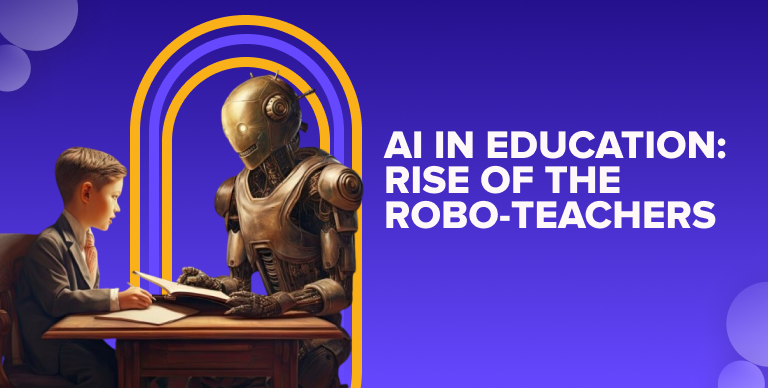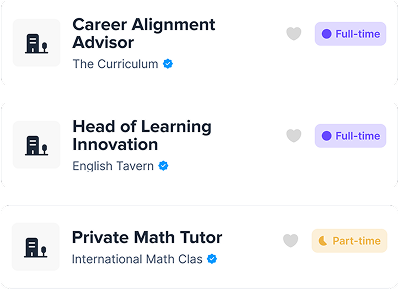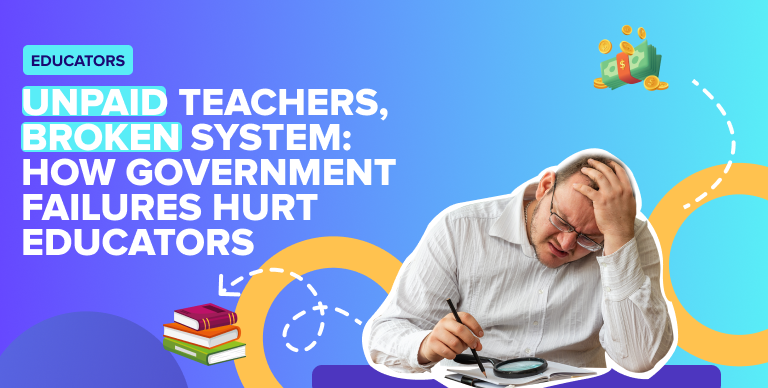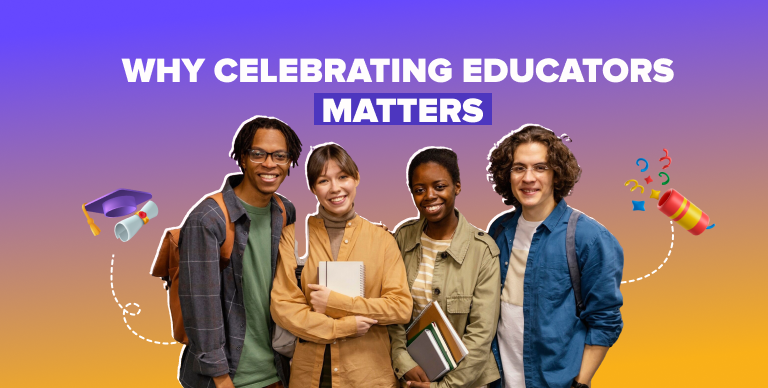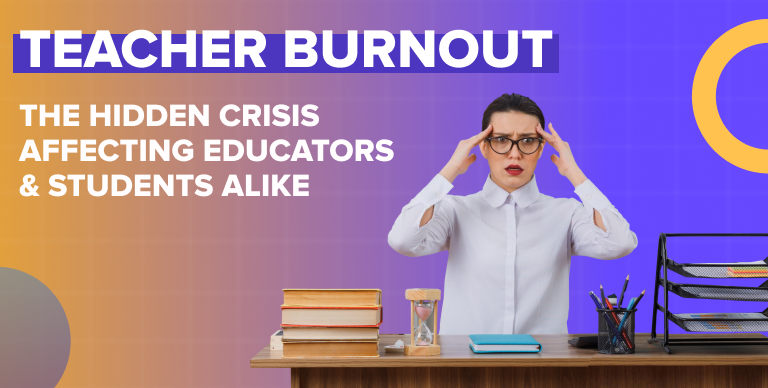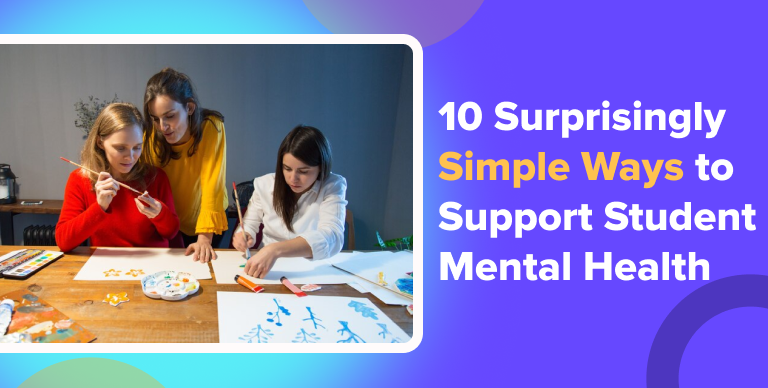Introduction
AI in education isn’t just a sci-fi fantasy anymore—it’s here, and it’s changing the way we teach and learn. Imagine a teaching assistant who never tires, grades assignments in seconds, and tailors lessons for each student’s needs. That’s what AI brings to the table. But while artificial intelligence is a powerful ally, it also raises questions about the future role of teachers in the classroom.
The Perks of AI in Education
Automated Grading
Gone are the days of red-pen marathon grading sessions. AI can analyze essays, provide instant feedback, and even decipher messy handwriting. This frees up teachers’ time for what truly matters: engaging with students.
Personalized Learning
Adaptive learning platforms like Khan Academy or Duolingo use AI to customize lessons for individual students. Struggling with math? The system slows down. Excelling in English? It speeds up. This tailored approach boosts comprehension and retention.
Increased Accessibility
AI tools make education more inclusive. Translation apps help bridge language gaps, and speech recognition software aids students with disabilities. AI ensures that learning is accessible to everyone, no matter their background.
Challenges of AI in the Classroom
Teacher Job Security
While AI is an incredible tool, it’s no substitute for human teachers. Managing a classroom, addressing emotional needs, and inspiring students require empathy and intuition that robots simply can’t replicate.
Data Privacy Concerns
With AI collecting vast amounts of student data, ensuring privacy and ethical use becomes crucial. Schools and governments must establish guidelines to protect students’ information.
The Future of AI in Schools
Imagine holographic teachers conducting virtual reality field trips or AI-powered tools assessing emotional well-being. While these innovations are exciting, they highlight the importance of balancing technology with human connection.
Conclusion
AI is revolutionizing education, but it’s not here to replace teachers. Instead, it’s a tool to enhance learning and improve outcomes. As long as educators focus on what robots can’t—empathy, creativity, and inspiration—the future of education will remain bright.


